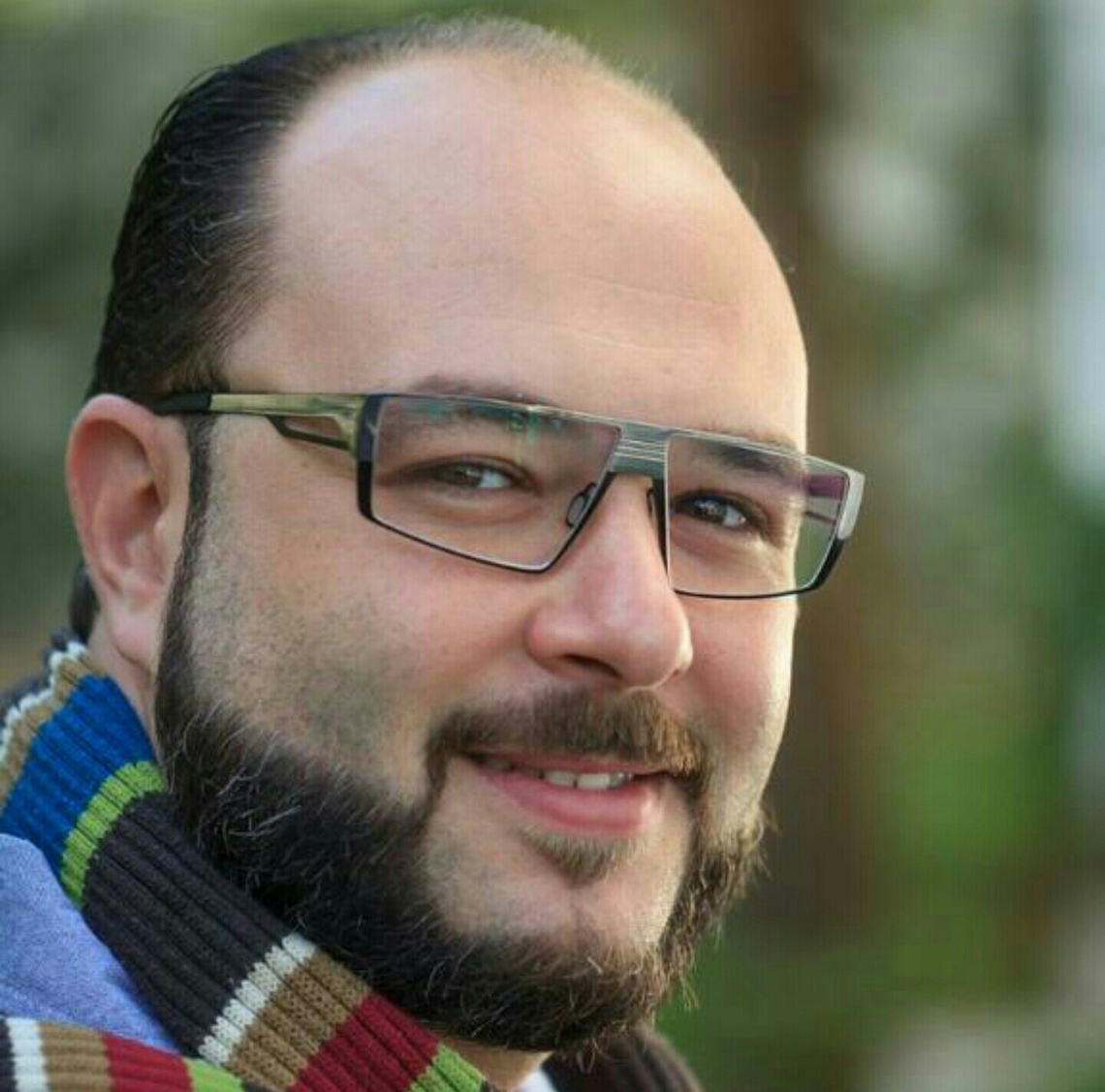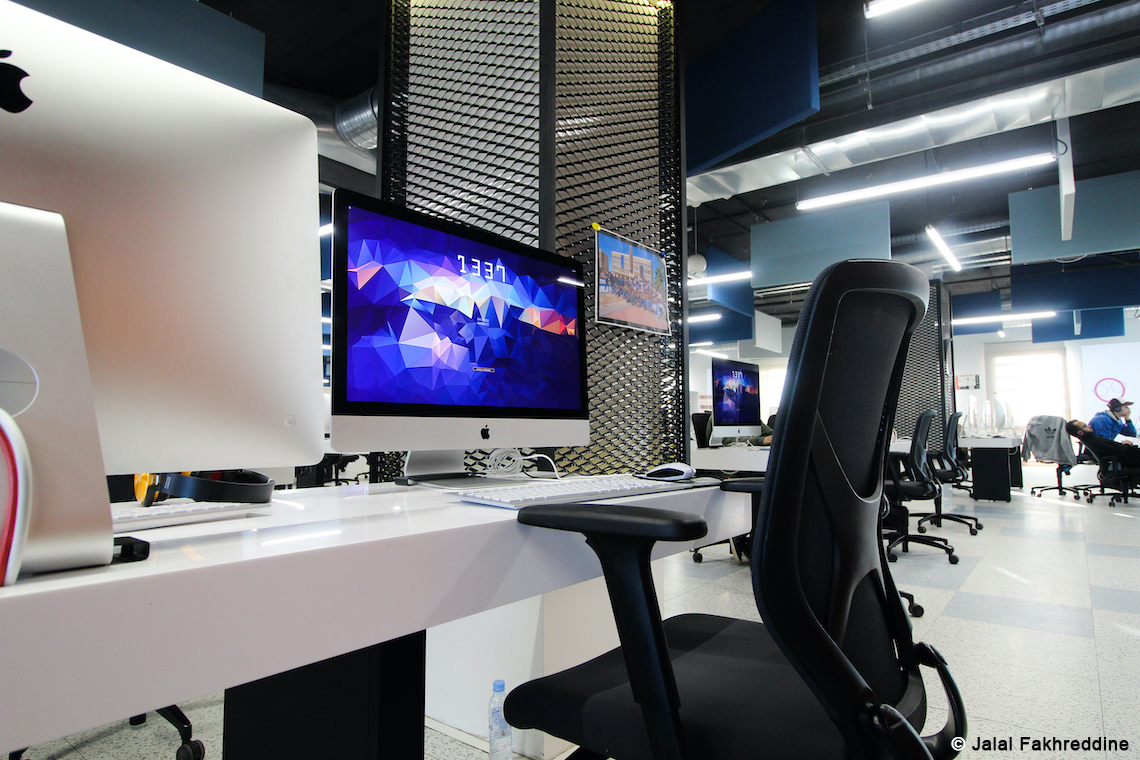

Khouribga is about a one-and-a-half-hour car journey away from Casablanca. In Morocco, it’s primarily known for being in the middle of the country’s largest phosphate mining area. However, since 2018, the town has been making headlines for an entirely different reason. École 1337 was founded here and funded by OCP, a corporation known for phosphate exports. It’s a pioneering educational project that trains the most talented people as programmers and developers, regardless of their social background. Up to 200 young people complete a free, three-year course as programmers here.
The teaching concept is based on the principle of peer learning. This means that students primarily learn skills from each other and take responsibility for their own progress. And the college offers perfect conditions for them to do so. It’s open round the clock, has no timetable or text books, trainers instead of teachers, clusters instead of classrooms and a design concept that marries both the analogue and digital world.
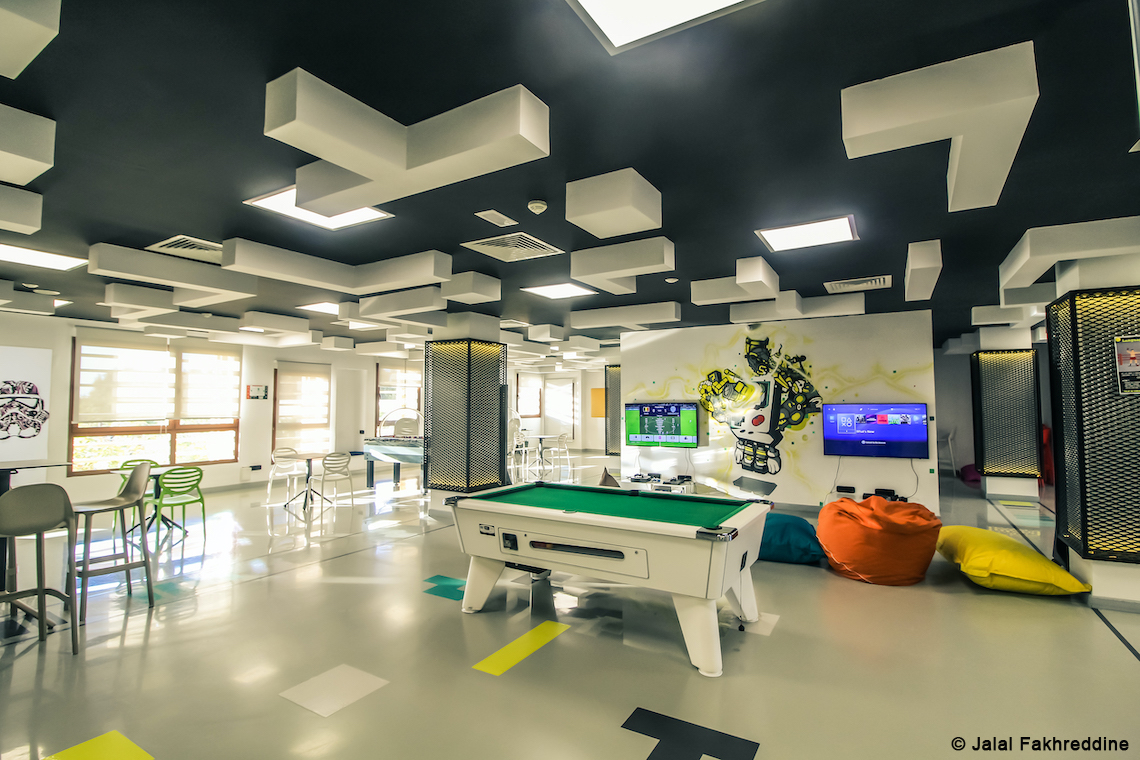
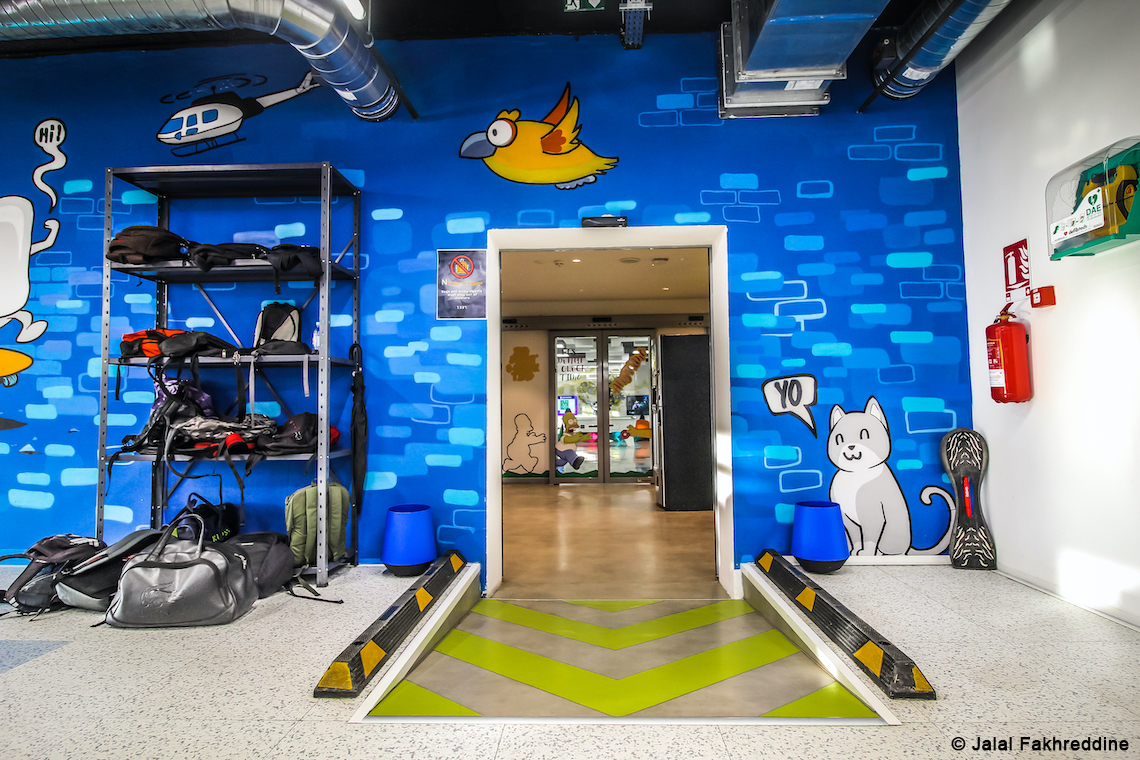
The architects at DWP (Design with Purpose) from Casablanca provided the right backdrop for this unconventional educational approach. The college was set up on a new campus where a number of Morocco’s leading digital companies are based. The design of the exterior also reflects how digital natives express themselves. In this respect, DWP collaborated with artists from Placebostudio. From pieces covering whole walls outdoors to room-high characters and slogans indoors – street art is omnipresent here and combines the concept’s approach with the right setting for budding coders.
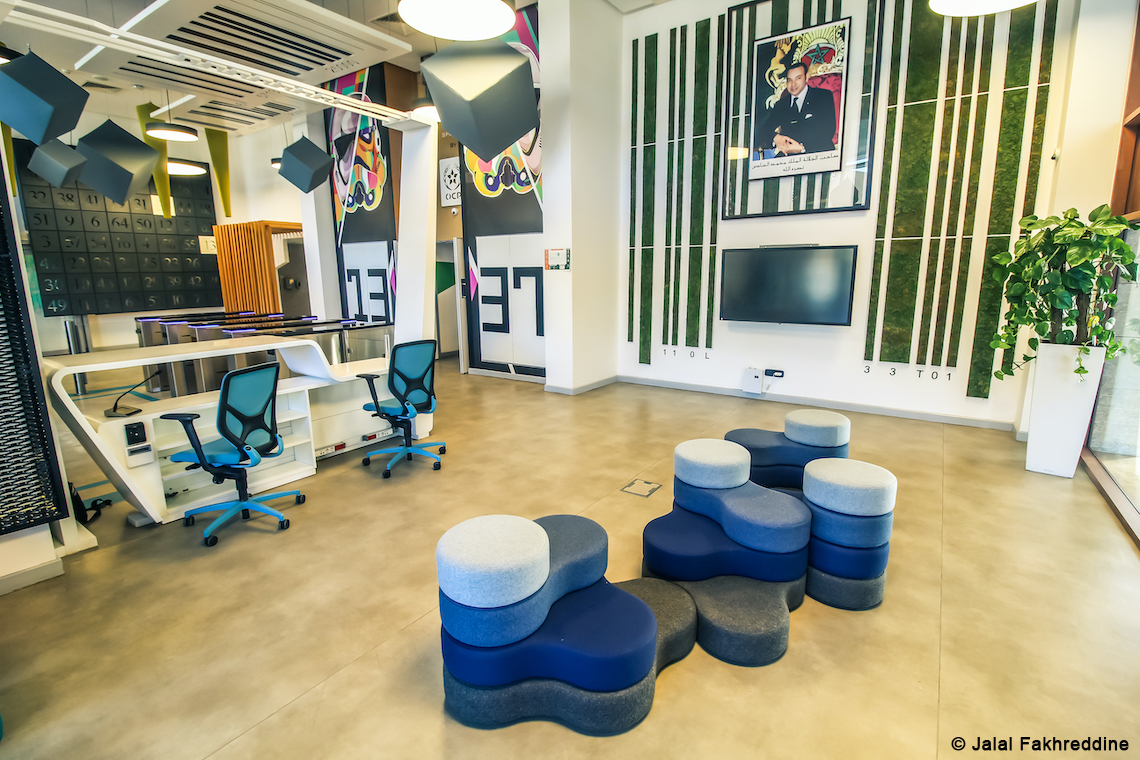
And this should be a good fit with the spirit of the new generation because no certificates are required to study here. To apply, students need to be between 18 and 30 and enrol online. Here, the admission procedure is called La Piscine (or the swimming pool) and comes in the shape of a four-week trial phase, during which applicants are literally thrown in at the deep end and have to demonstrate their talent. At the end, they’re asked: “Are you in?” Candidates usually have to be patient for a while before they know. But, as far as the interior goes, the answer is “yes”, because whether students work on their own or as part of a team, everyone sits on Wilkhahn’s IN office chairs (design: wiege). The seating gives programmers maximum flexibility, whether their jumping in at the deep end or focusing on coding.
The fascination of the digital world and spontaneous competitions with each other frequently mean we spend more than 12 hours in front of a computer. This means that office chairs have to be ergonomic. We chose IN because it’s a chair that’s built to last, encourages users to engage in three-dimensional movements, is comfortable whatever the posture and its design is ideal for this young generation.
